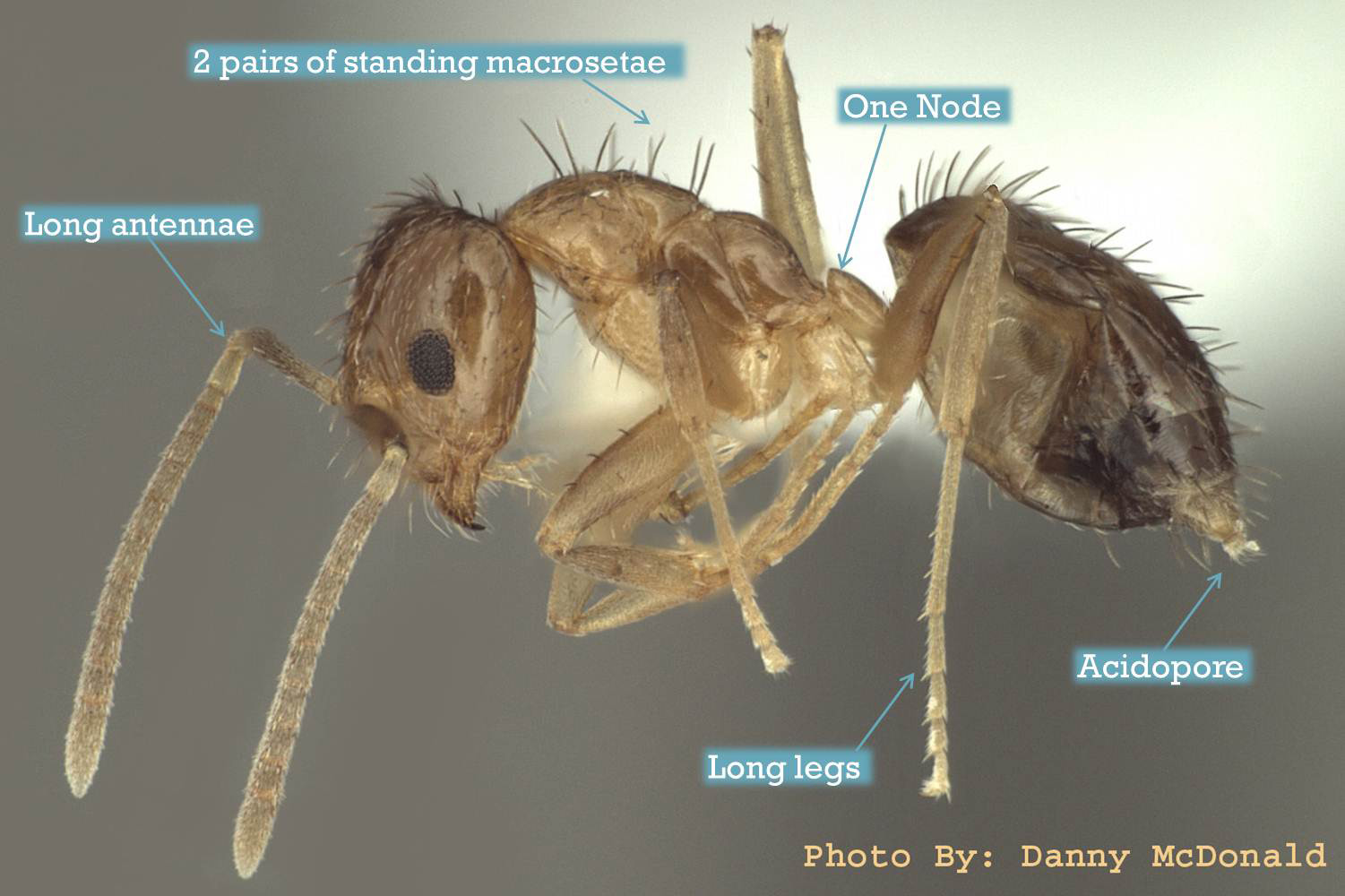Invasives: Knowing Your Crazy Ants
This is Passport to Texas
If you spot a huge number of yellowish brown ants about an eighth of an inch long, moving erratically when disturbed, they may be non-native tawny crazy ants. TPW entomologist, Michael Warriner, says they can turn up almost anywhere.
10— Crazy Ants do not form noticeable mounds like fire ants do. They are pretty much opportunistic nesters, which means they’ll take advantage of existing structures.
Such as bags of soil and mulch, wood piles, electrical boxes, attics, and potted plants. While predators and pathogens keep native crazy ant populations in check, its tawny cousin has no such equalizers…and controlling them is no easy task.
10— Right now there’s not chemical treatments for these. But once a colony is really well established, it’s proven almost impossible to eradicate them.
The best we can do is prevention, which includes not transporting plants or bags of mulch or soil with ants in them, and by removing their nesting places.
14— You want to get rid of any kind of debris that’s on the ground. Fallen logs, thick leaf litter – any place you think might harbor moisture that ants could move into. You want to clear that out.
For Texas Parks and Wildlife…I’m Cecilia Nasti.



 Passport to Texas is a
Passport to Texas is a  Passport to Texas is made available by:
Passport to Texas is made available by: